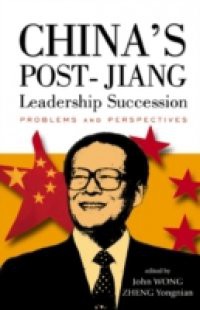This book is written for scientists and engineers who use HHT (Hilbert–Huang Transform) to analyze data from nonlinear and non-stationary processes. It can be treated as a HHT user manual and a source of reference for HHT applications. The book contains the basic principle and method of HHT and various application examples, ranging from the correction of satellite orbit drifting to detection of failure of highway bridges.The thirteen chapters of the first edition are based on the presentations made at a mini-symposium at the Society for Industrial and Applied Mathematics in 2003. Some outstanding mathematical research problems regarding HHT development are discussed in the first three chapters. The three new chapters of the second edition reflect the latest HHT development, including ensemble empirical mode decomposition (EEMD) and modified EMD.The book also provides a platform for researchers to develop the HHT method further and to identify more applications.Contents:Introduction to the Hilbert–Huang Transform and Its Related Mathematical ProblemsEnsemble Empirical Mode Decomposition and Its Multi-Dimensional ExtensionsMultivariate Extensions of Empirical Mode DecompositionB-Spline Based Empirical Mode DecompositionEMD Equivalent Filter Banks, From Interpretation to ApplicationsHHT Sifting and FilteringStatistical Significance Test of Intrinsic Mode FunctionsThe Time-Dependent Intrinsic CorrelationThe Application of Hilbert–Huang Transforms to Meteorological DatasetsEmpirical Mode Decomposition and Climate VariabilityEMD Correction of Orbital Drift Artifacts in Satellite Data StreamHHT Analysis of the Nonlinear and Non-Stationary Annual Cycle of Daily Surface Air Temperature DataHilbert Spectra of Nonlinear Ocean WavesEMD and Instantaneous Phase Detection of Structural DamageHTT-Based Bridge Structural Health-Monitoring MethodApplications of HHT in Image AnalysisReadership: Applied mathematicians, climate scientists, highway engineers, medical scientists, geologists, civil engineers, mechanical engineers, electrical engineers, economics and graduate students in science or engineering.



 3 (1)
3 (1) 














